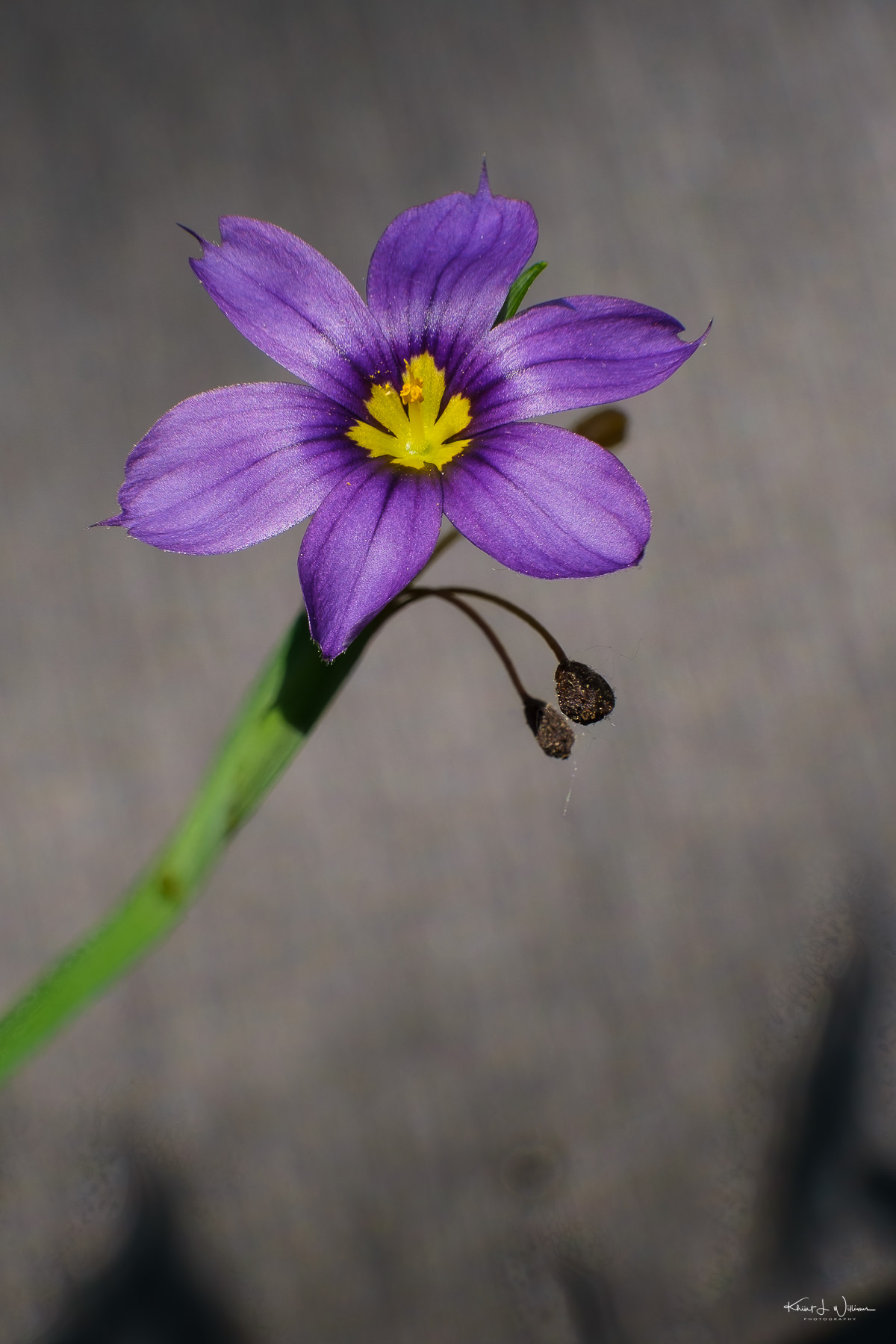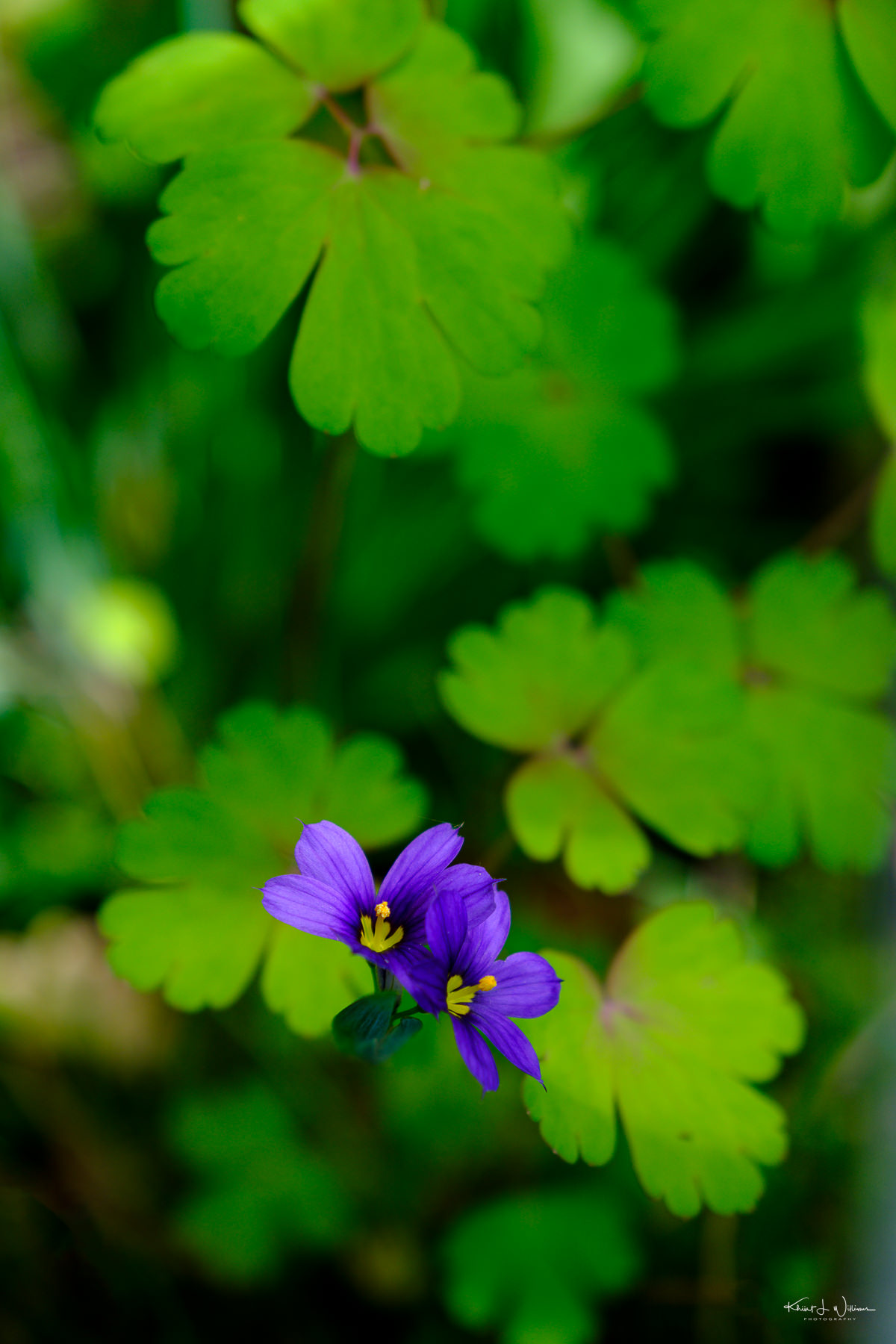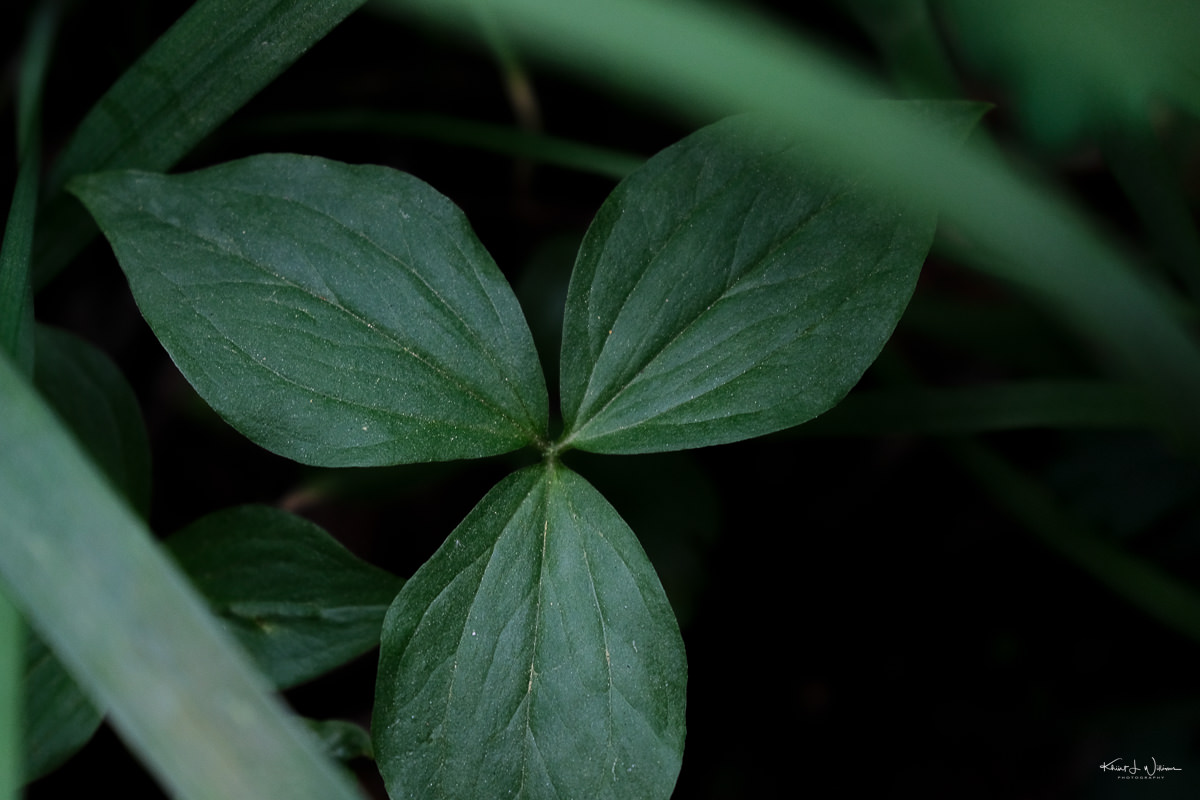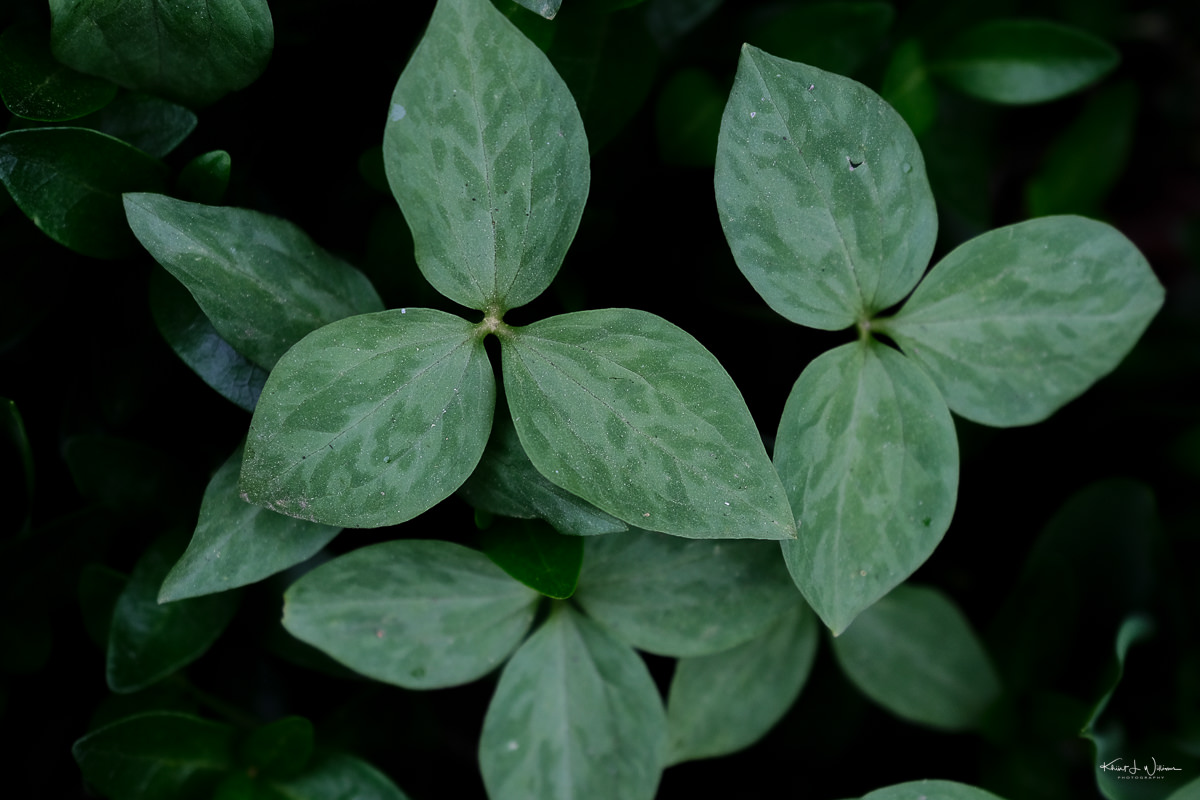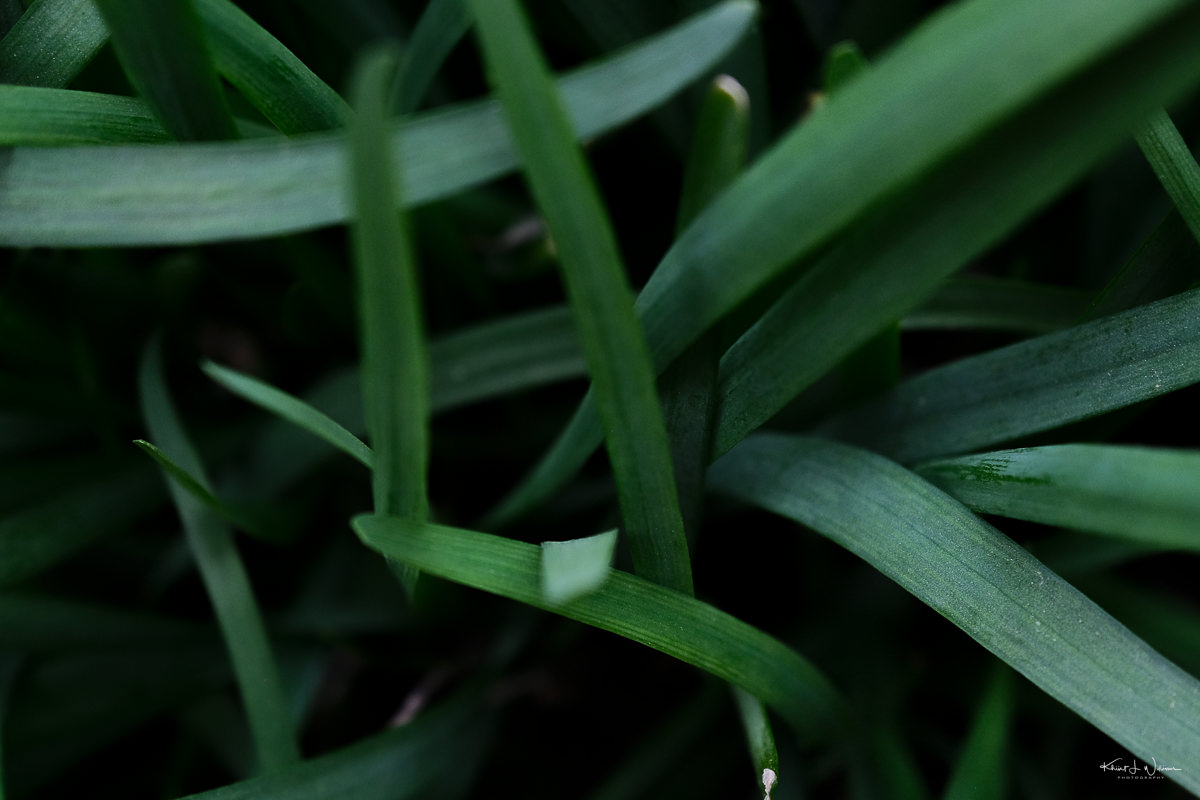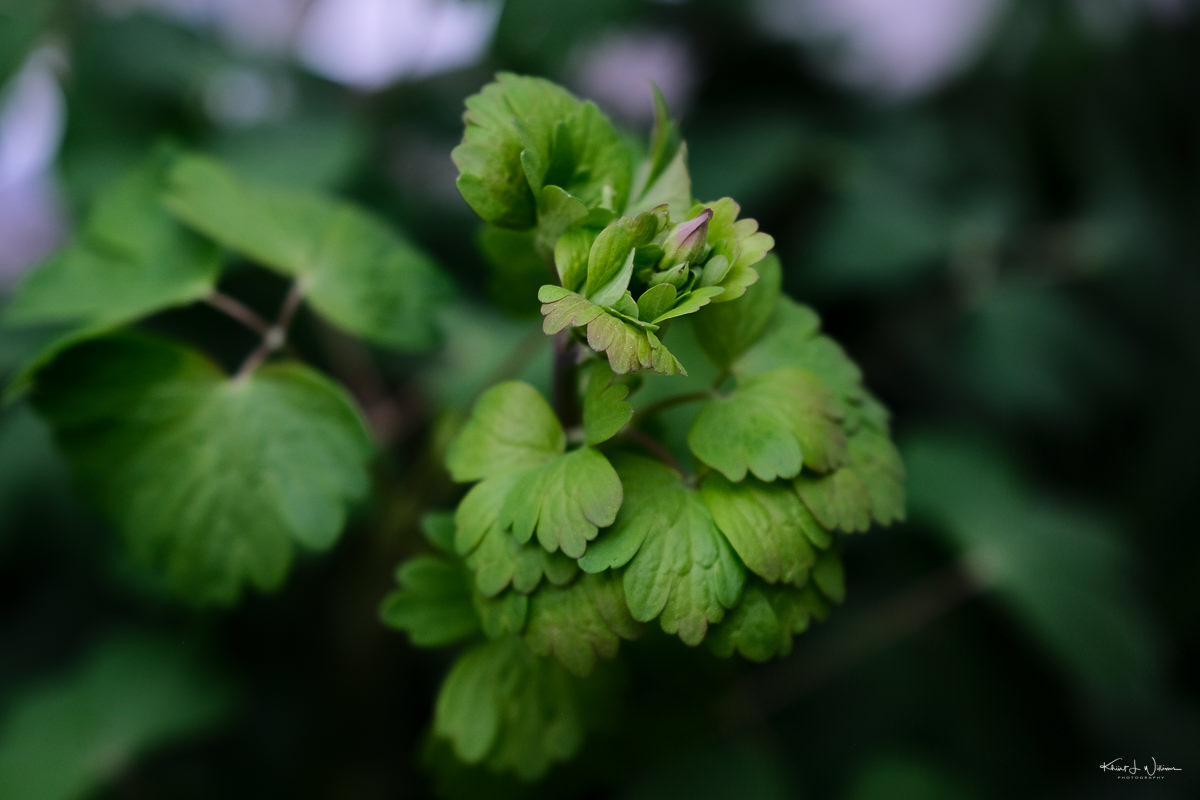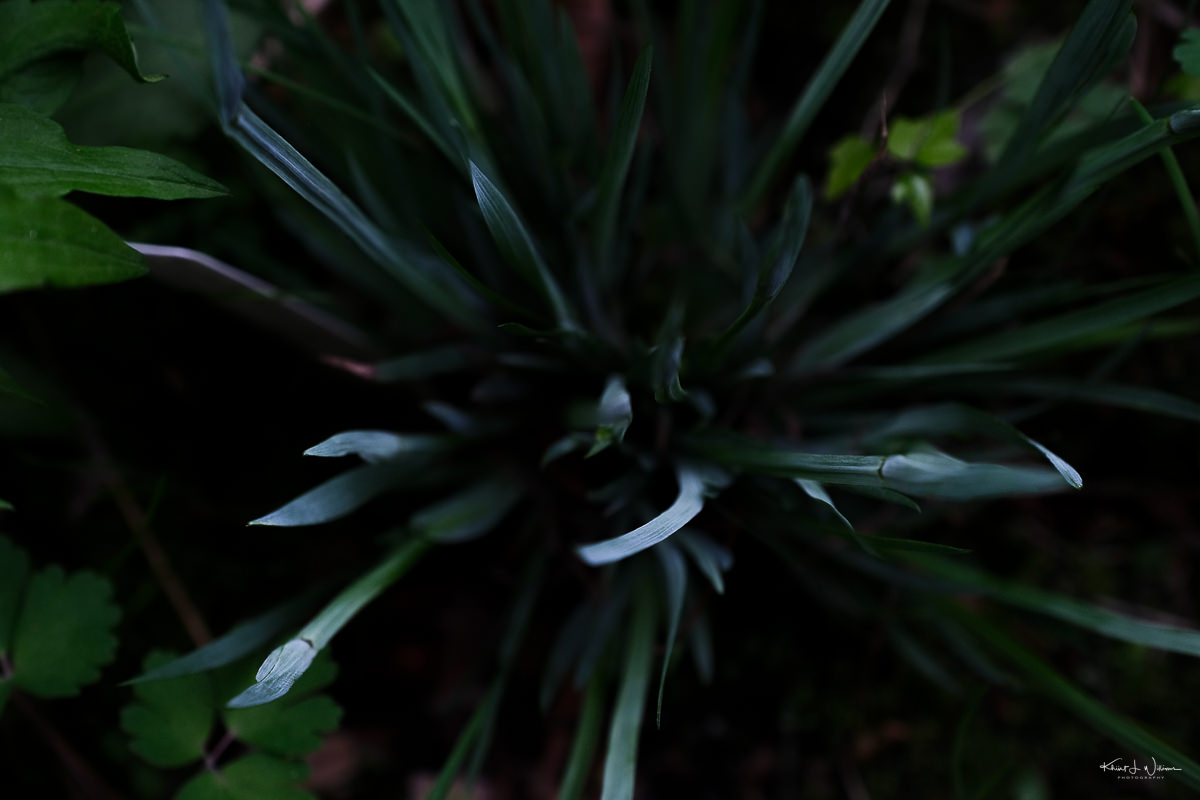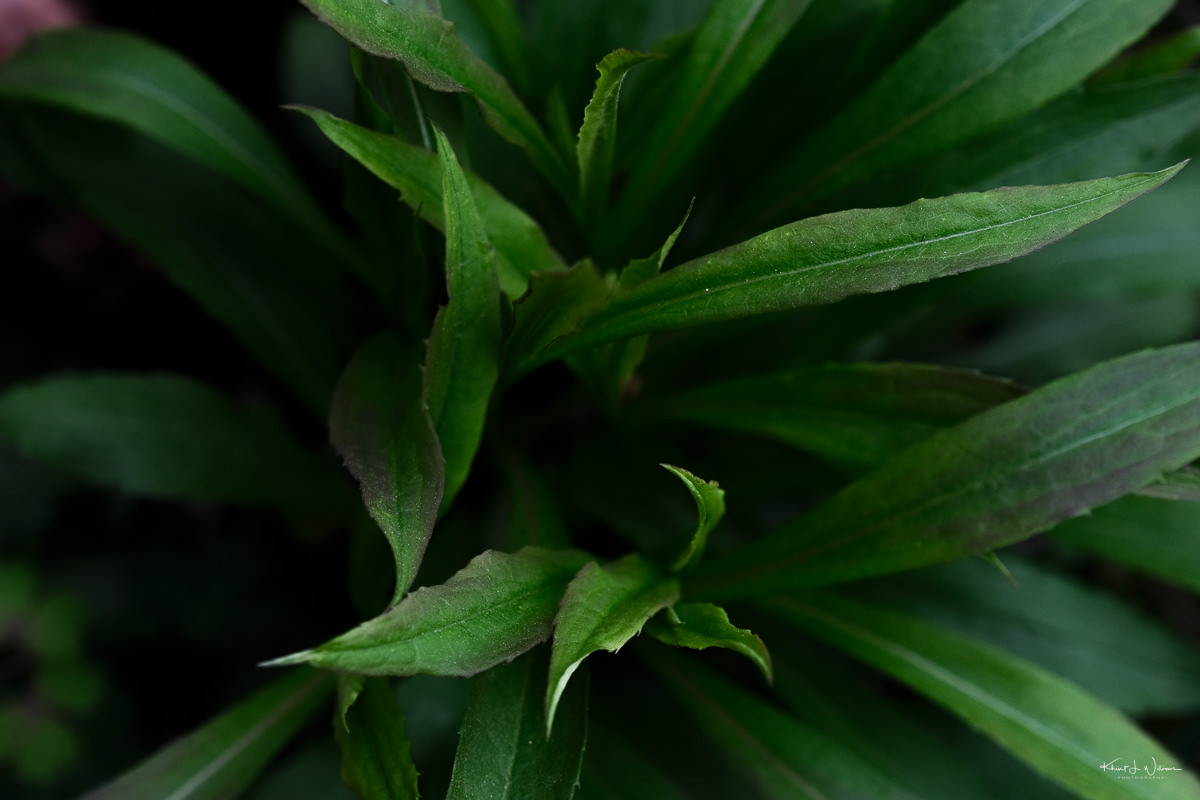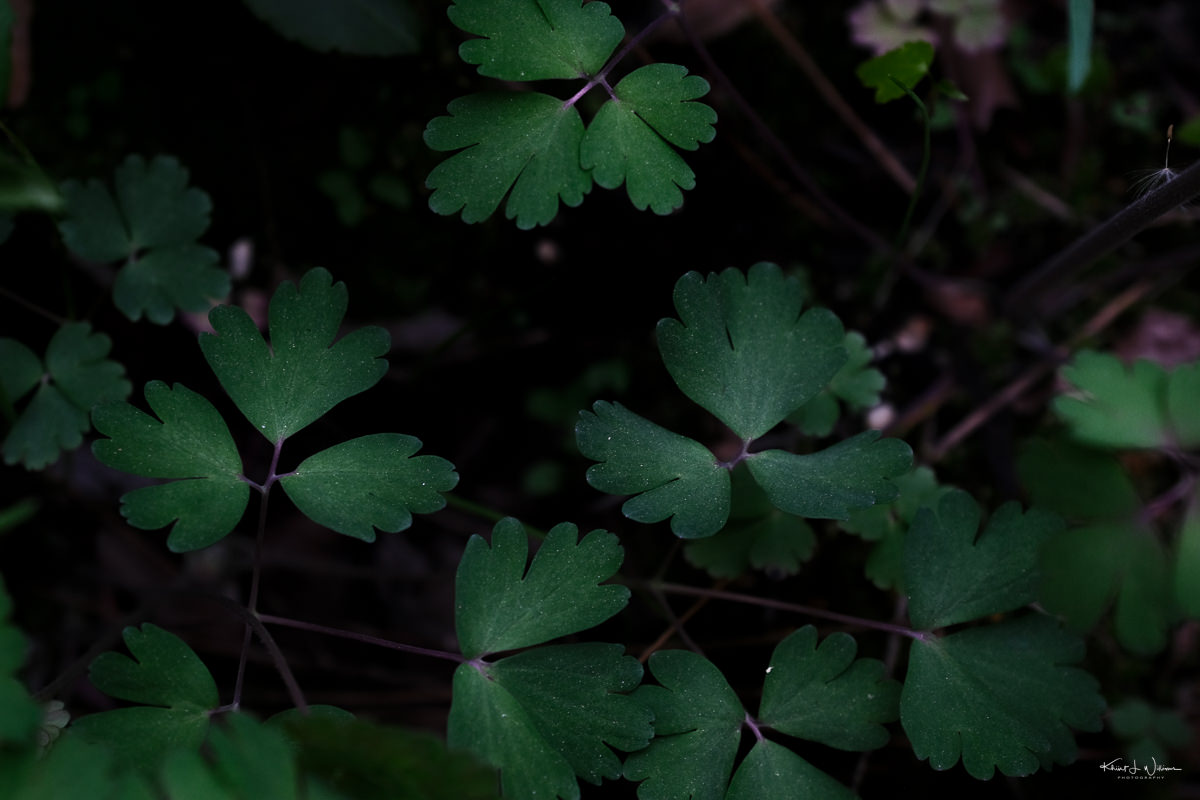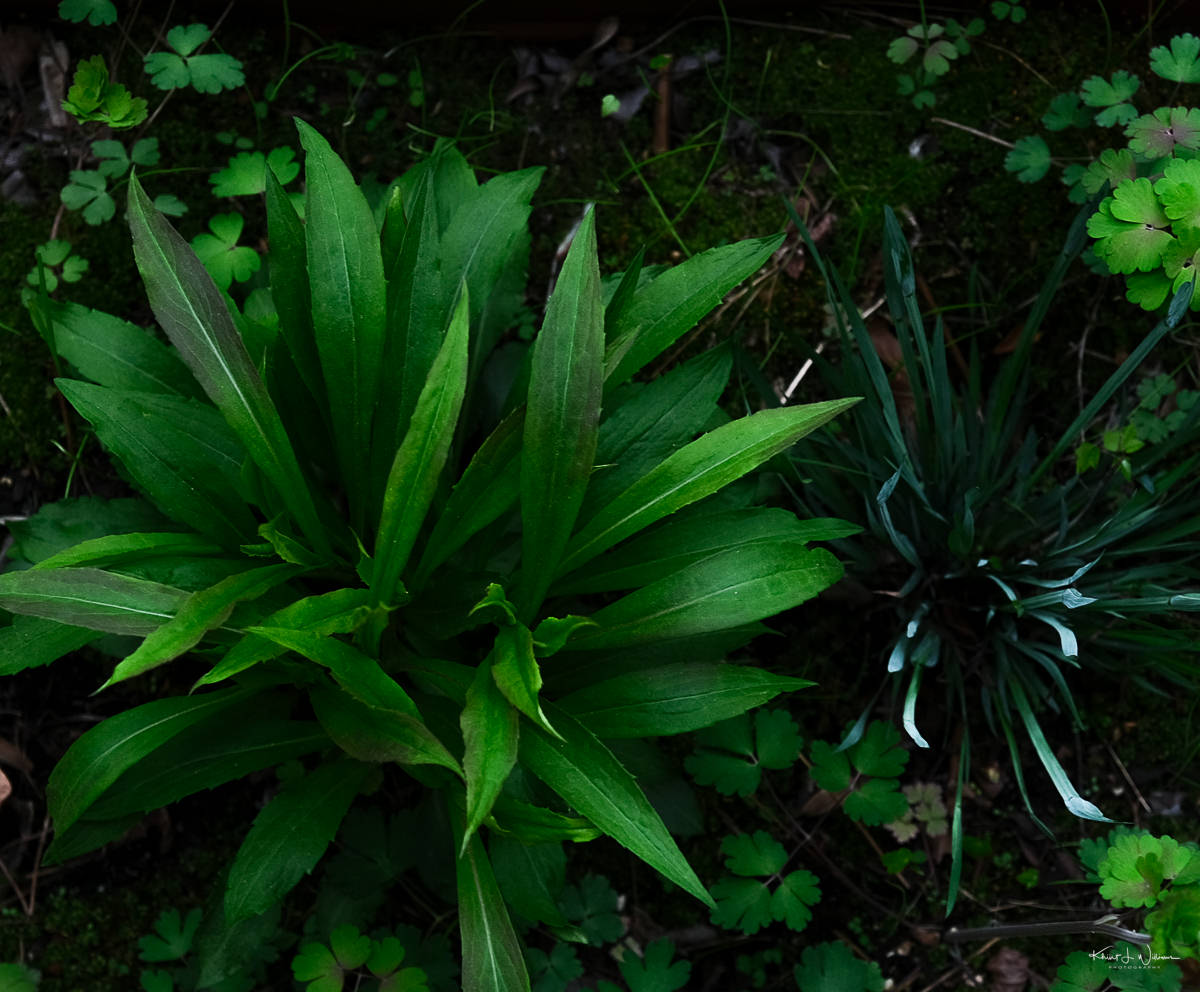Since I had "rediscovered" my MCEX-16 macro extension tube and had just completed photographing the lepanthes telipogoniflora in my wabi-kusa forest terrarium, I turned my attention to the small purple flowers growing in my container garden of native plants.
The Blue-eyed Grass, a perennial flowering plant native to New Jersey, tends to be overlooked in some gardening circles. The online descriptions and photos feature a plant with petite blue flowers and yellow centres blooming on stalks above grass-like leaves. But the flowers on my blue-eyed grass plant appear more purple than blue. This is not a trick of the light or an incorrect white balance on my camera sensor. To my eyes, the flowers appear to be a deep shade of purple.
Blue-eyed grass blooms from late spring to early summer. The plant forms small clumps of grass-like leaves that can slowly spread, serving as a ground cover and helping to retain moisture in the soil.
Blue-eyed Grass thrives in consistently moist soil but can tolerate some drought once established. My patio planters have a basin at the bottom that catches and retains rainwater. There is also a layer of moss growing in the planter. Both of these things help retain moisture and keep the container soil moist.
Blue-eyed grass is not grass. Blue-eyed Grass belongs to the Iris Family and attracts bees, butterflies, and other pollinators. This was one of my main goals in planting Blue-eyed Grass. While having bees on my patio could be annoying, I wanted to attract butterflies. With any luck, I may attract some interesting photography subjects.
Blue-eyed grass plant can be found in all regions of New Jersey and thrives in specific ecoregions like the coast and Pinelands. Princeton is far from the coast or the Pinelands area of New Jersey.
Forty-two images were captured and stacked using the DMap method in Zerene Stacker.
